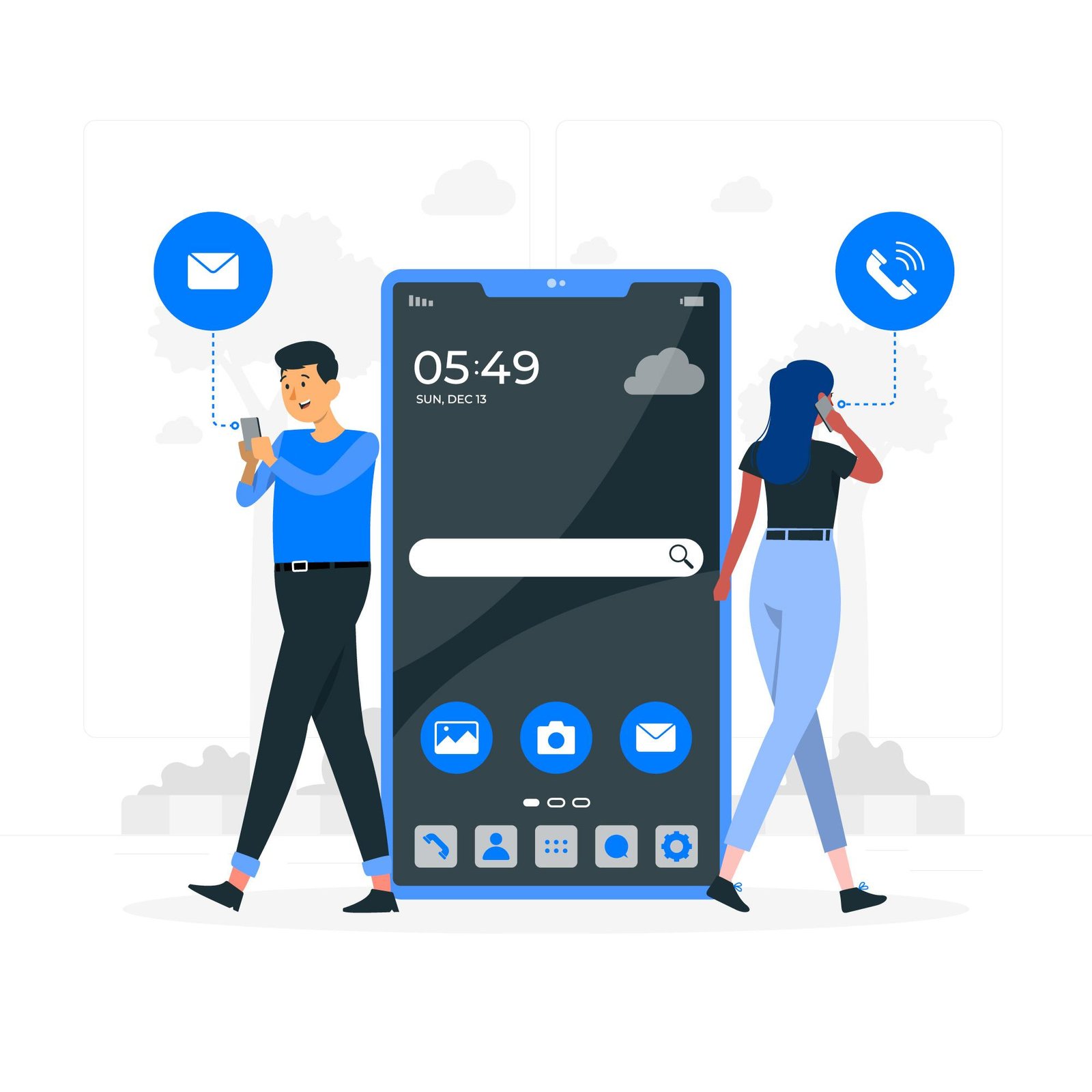Updating your mobile phone’s software is essential for keeping it secure and up-to-date with the latest features. However, sometimes after an update, you may encounter issues with your phone’s screen not responding properly. This can be frustrating, but there are several troubleshooting steps you can take to resolve this problem. In this article, we will explore some common solutions to fix a mobile phone screen that is not responding after an update.
1. Restart Your Phone
The first step in troubleshooting any issue with your mobile phone is to restart it. Press and hold the power button until the “Power off” option appears on the screen. Tap on “Power off” and wait for a few seconds. Then, press the power button again to turn your phone back on. Sometimes, a simple restart can resolve minor software glitches that may be causing the unresponsive screen.
2. Check for Software Updates
If your phone’s screen is not responding after an update, it’s possible that there may be a bug or compatibility issue with the new software. Check for any available software updates and install them if necessary. Manufacturers often release updates to fix known issues and improve the overall performance of the device. To check for updates, go to your phone’s settings, navigate to the “System” or “Software Update” section, and tap on “Check for Updates.”
3. Clear App Cache and Data
Some apps may not be fully compatible with the updated software, causing conflicts that result in an unresponsive screen. Clearing the cache and data of problematic apps can help resolve this issue. To do this, go to your phone’s settings, find the “Apps” or “Applications” section, and locate the app(s) that are causing the problem. Tap on the app, and then select “Storage.” From there, you can clear the cache and data of the app. Keep in mind that clearing the data will remove any personalized settings or saved data within the app, so proceed with caution.
4. Boot in Safe Mode
If the screen is still not responding, booting your phone in safe mode can help determine if a third-party app is causing the issue. Safe mode disables all third-party apps, allowing you to troubleshoot without interference. To boot in safe mode, press and hold the power button until the power options appear on the screen. Then, press and hold the “Power off” option until the “Reboot to safe mode” prompt appears. Tap on “OK” to enter safe mode. If the screen works fine in safe mode, it indicates that a third-party app is causing the problem. Uninstall recently installed apps one by one until the issue is resolved.
5. Perform a Factory Reset
If none of the above steps resolve the issue, performing a factory reset may be necessary. A factory reset will erase all data on your phone and restore it to its original settings. Before proceeding, make sure to back up any important data as it will be permanently deleted. To perform a factory reset, go to your phone’s settings, navigate to the “System” or “Reset” section, and select “Factory data reset.” Follow the on-screen instructions to complete the process. Keep in mind that a factory reset should be considered as a last resort and should only be done if all other troubleshooting steps have failed.
Hopefully, one of these solutions has resolved the issue of your mobile phone screen not responding after an update. If the problem persists, it may be necessary to contact the manufacturer’s support or visit a service center for further assistance. Remember to always keep your phone’s software up-to-date to ensure optimal performance and security.





